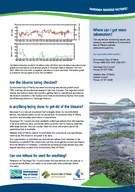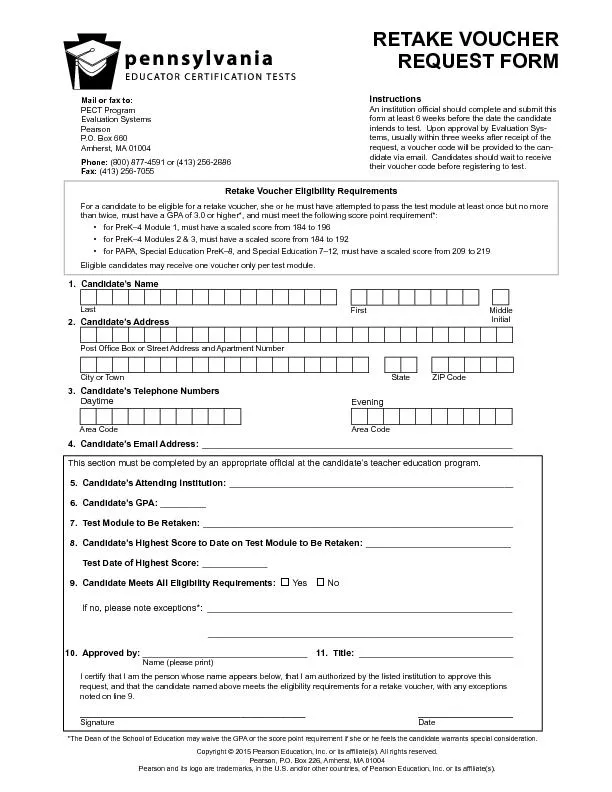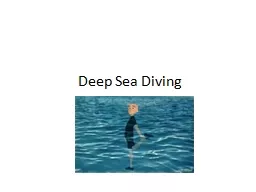PDF-AKU6 90002 C3AND OTHERCOLD INJURIESALASKA SEA GRANTCOLLEGE PROGRAMP
Author : badra | Published Date : 2022-08-24
AND OTHERCOLD INJURIESDEBORAH MERCYAlaska Sea Grant Marine Advisory ProgramAnchorage AlaskaPrice 400Aaska Sea Grant College ProgramUniversity Of Aaska Pa radar ks
Presentation Embed Code
Download Presentation
Download Presentation The PPT/PDF document "AKU6 90002 C3AND OTHERCOLD INJURIESALASK..." is the property of its rightful owner. Permission is granted to download and print the materials on this website for personal, non-commercial use only, and to display it on your personal computer provided you do not modify the materials and that you retain all copyright notices contained in the materials. By downloading content from our website, you accept the terms of this agreement.
AKU6 90002 C3AND OTHERCOLD INJURIESALASKA SEA GRANTCOLLEGE PROGRAMP: Transcript
Download Rules Of Document
"AKU6 90002 C3AND OTHERCOLD INJURIESALASKA SEA GRANTCOLLEGE PROGRAMP"The content belongs to its owner. You may download and print it for personal use, without modification, and keep all copyright notices. By downloading, you agree to these terms.
Related Documents














